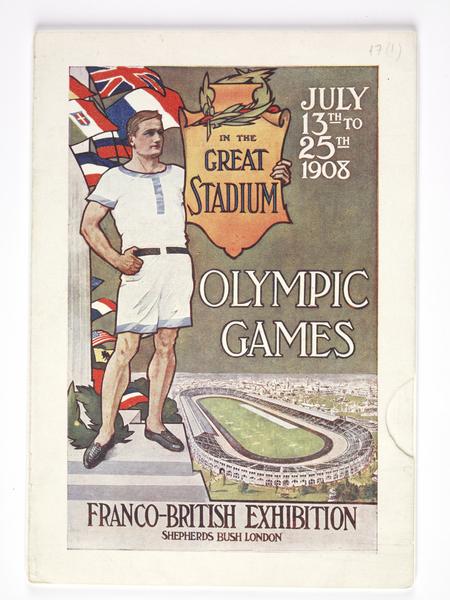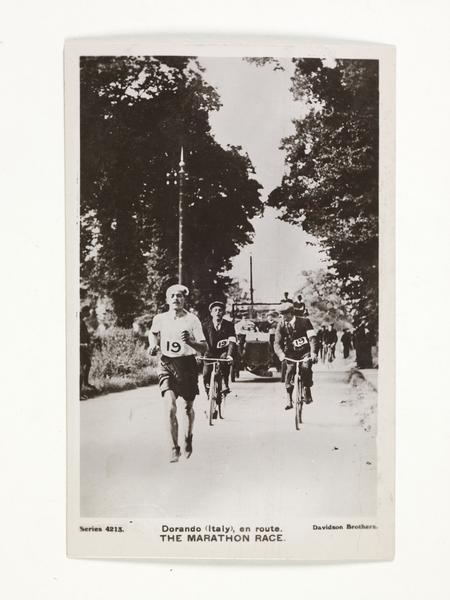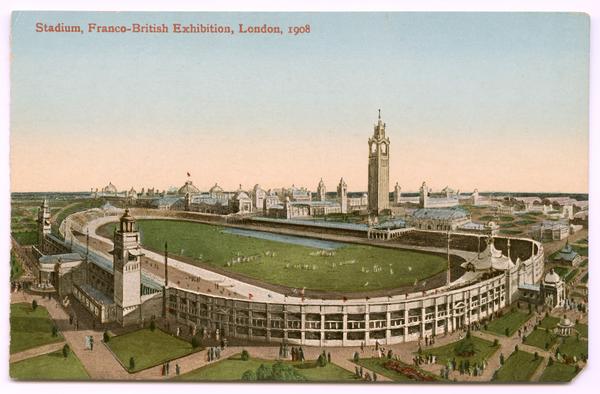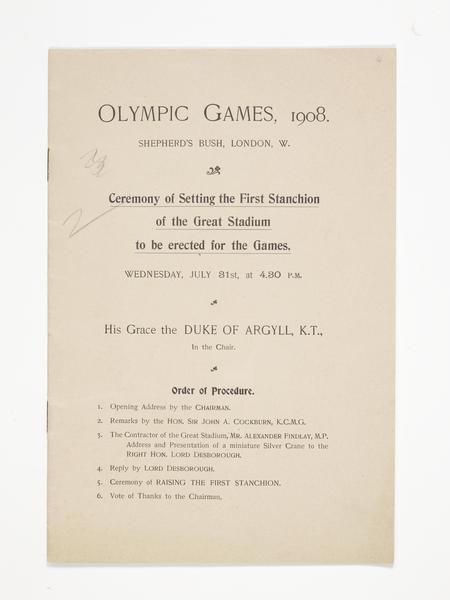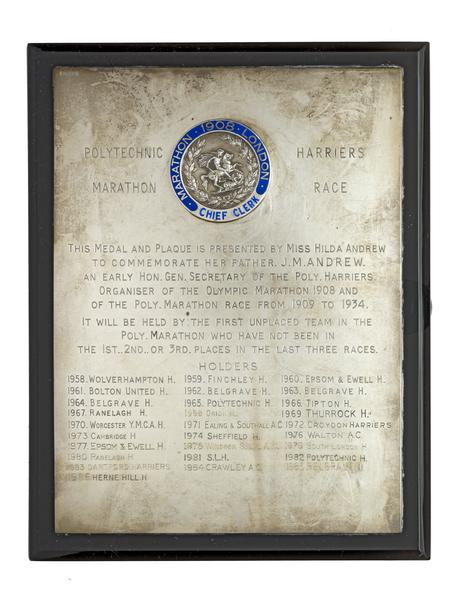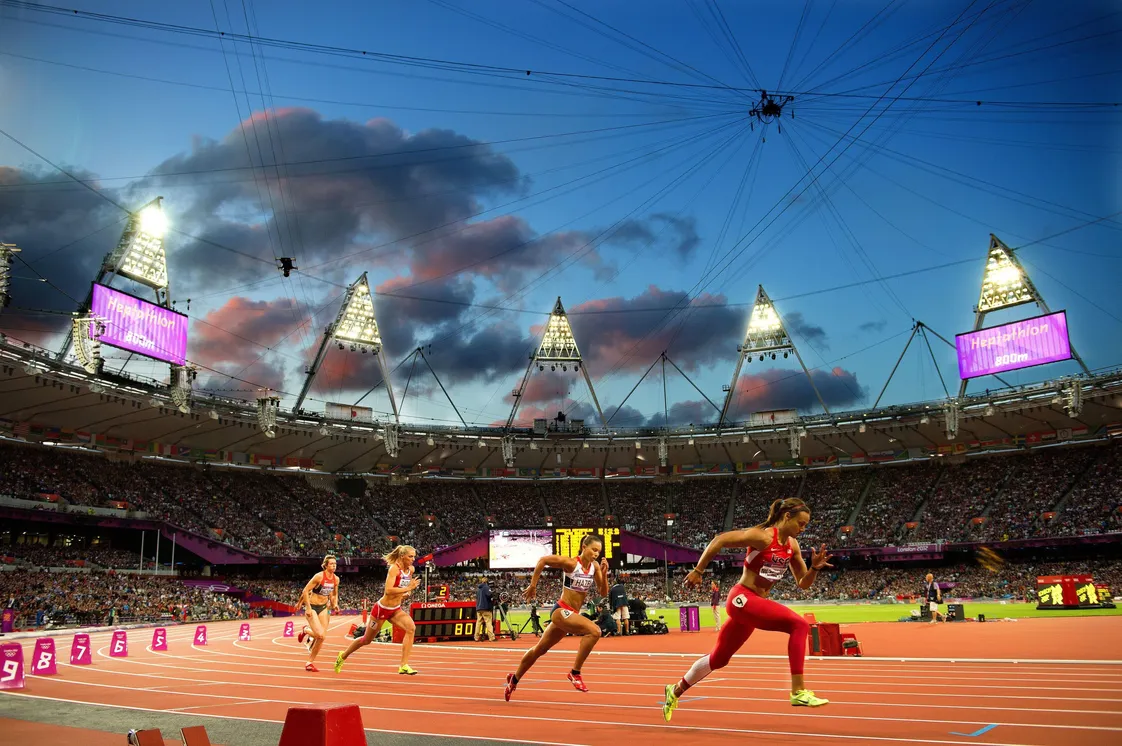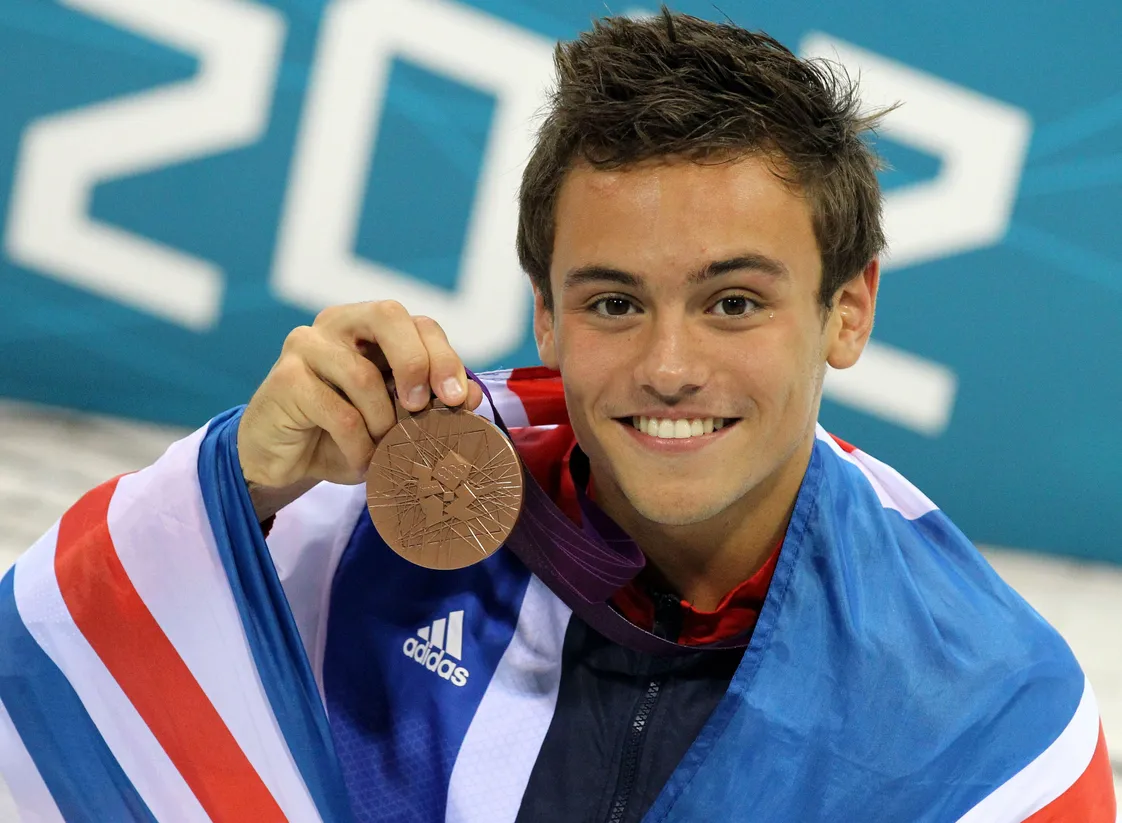The first London Olympics, 1908
London’s first Olympic Games featured new sports, a purpose-built stadium and lots of drama.
White City
27 April – 31 October 1908
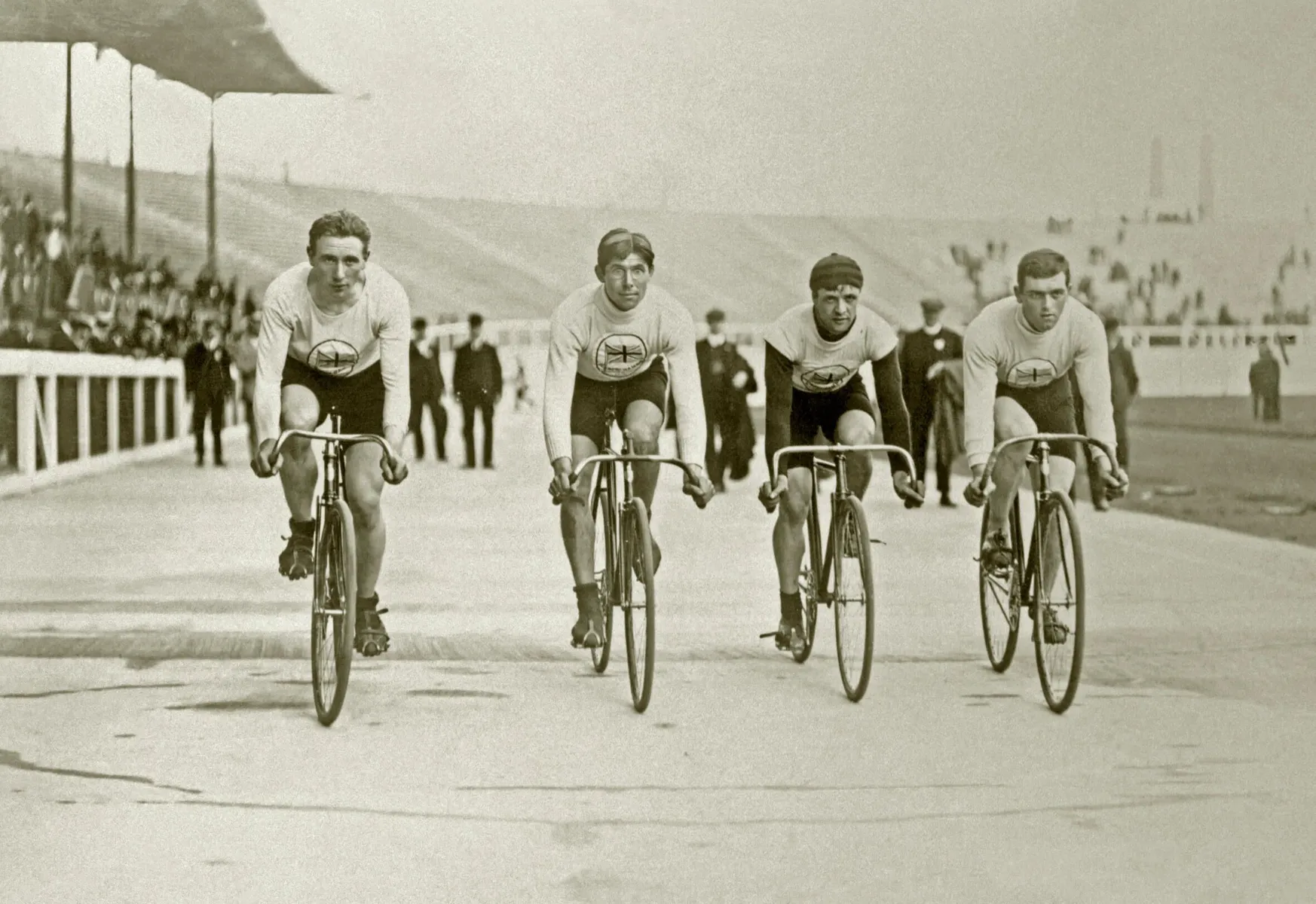
The British gold-medal winning Cycling Pursuit team at the 1908 London Olympic Games.
A marathon of memorable sporting moments
London wasn’t meant to host the 1908 Olympic Games.
They were originally awarded to the Italian capital of Rome. But in 1906, Mount Vesuvius erupted and devastated the nearby city of Naples. Italy’s Olympic funds were redirected to help with the city’s reconstruction. So, London was asked to step in.
Held between 27 April and 31 October, the London Olympics hosted over 2,000 athletes from 22 teams. It also ended with a winning haul of 146 medals for Team Great Britain. But thanks to some contentious sporting moments and one particularly memorable marathon, the Games weren’t without controversy.
Building the Games
Despite the two years’ notice, London built the infrastructure necessary to host the Olympic Games. The main venue was the White City Stadium in west London, which had a seating capacity for over 60,000 people. It was built as part of the Franco-British Exhibition – a large public fair celebrating Britain, France and their empires – that ran the same year.
The stadium included a running track, a banked cycling track and a pitch for football, hockey, rugby and lacrosse. Swimming competitions took place in a swimming pool for the first time, rather than in open water.
New developments to the Olympics
This summer Olympics featured many new developments we still see in the Games today. Qualifying rounds were introduced and athletes competed as members of national teams, rather than as individuals.
Diving, field hockey and ice skating were novel additions to the Olympic programme. As were powerboat racing and tug-of-war – although these haven’t been seen in an Olympic Games since.
We also have the 1908 Olympics to thank for a marathon being 42.195km (26.2 miles) long. The distance was increased from around 25 miles (or 40km) so that the course covered the ground from Windsor Castle to the finish line at White City Stadium. This new distance became the standardised marathon length still used today.
A marathon to remember
But that’s not the only reason why the 1908 marathon stands out. Italian athlete Dorando Pietri was the first runner to reach the Stadium when, exhausted and disorientated by the race, he struggled to keep on his feet. Officials helped him across the finish line in first place. But the next day, he was disqualified following complaints by Team United States of America.
“A hero with the British public”
The Italian’s effort made him a hero with the British public. Postcards were produced and sold featuring images of Pietri in action, including one in the collection signed by Pietri himself.

A signed postcard of Pietri Dorando in action.
Controversy strikes the Games
Controversy began at the opening ceremony. Irish competitors were required to compete for Team GB causing many, who opposed British rule in Ireland, to withdraw. And the United States flag was mistakenly not displayed above the stadium. So in response, Team USA refused to respectfully dip their flag to the Royal Box. A team member later claimed “this flag dips to no earthly king.”
Another controversial moment came following the 400m race when the US athlete J C Carpenter was accused of obstructing the British runner Wyndham Halswelle. The final was rerun but Carpenter and the two other runners, who were also American, refused to take part. Halswelle ran round the track on his own to secure the gold medal.
The legacy of the 1908 London Olympics
These controversies led to the creation of the International Amateur Athletic Federation, which standardised track and field competition rules. The International Olympic Committee (IOC) has also drawn judges from an international pool, rather than the host country, ever since the 1908 Games.
As for the White City Stadium itself, it continued to be used for sporting events as well as greyhound dog racing until it closed in 1984. It was demolished to make way for the BBC White City buildings.





